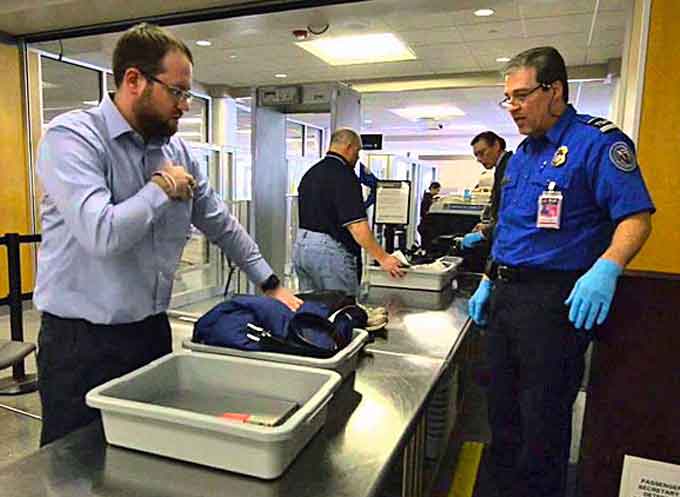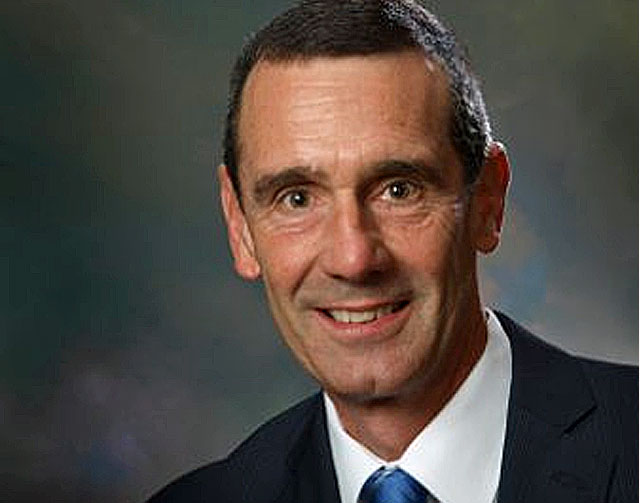
With the summer travel season fast approaching, the Transportation Security Administration (TSA) has completed rollout of enhanced screening procedures for carry-on baggage as part of a greater effort to raise the baseline for aviation security.
The stronger security measures, which began last summer, require travelers to place all personal electronics larger than a cell phone in bins for X-ray screening in standard lanes.
In addition to screening personal electronic devices separately, including laptops, tablets, e-readers and handheld game consoles, TSA officers may instruct travelers to separate other items from carry-on bags such as foods, powders, and any materials that can clutter bags and obstruct clear images on the X-ray machine.
(In addition to taking out laptops, passengers will now be asked to remove all electronics larger than a cellphone for individual screening; the new policy will be rolled out across the country in a few weeks. Examples of personal electronic items that should be removed from carry-on bags include laptops, tablets, e-readers and cameras. Courtesy of ABC News and YouTube. Posted on Jul 26, 2017)
Travelers are encouraged to organize their carry-on bags and keep them uncluttered to ease the screening process and keep the lines moving.

“I am committed to continue raising the baseline for aviation security, and these enhanced screening measures enable TSA officers to better screen for threats to passengers and aircrew while maintaining efficiency at checkpoints throughout the U.S.,” said TSA Administrator David Pekoske.
“Our security efforts remain focused on always staying ahead of those trying to do us harm and ensuring travelers get to their destination safely.”
The enhanced carry-on screening procedures have been phased in over the past several months in standard lanes at airports across the country.
Travelers may experience minimal changes to what can be brought through the checkpoint; food and liquid items that comply with the 3-1-1 liquids rule, electronics, and books continue to be allowed in carry-on baggage.
(You are allowed to bring a quart-sized bag of liquids, aerosols, gels, creams and pastes through the checkpoint. These are limited to 3.4 ounces (100 milliliters) or less per item. This is also known as the 3-1-1 liquids rule. Courtesy of the TSA and YouTube)
However, TSA officers may ask travelers to separate dense foods, powders and other items to allow screening officers to obtain a clear X-ray image for security purposes.
Items that cannot be identified and resolved at the checkpoint are prohibited from entering the cabin of the aircraft.
While it is possible that passengers may experience more bag checks and additional screening of some items, TSA officers conduct screening with quicker and more targeted procedures to secure passengers and their carry-on baggage.
As always, travelers with privacy concerns can request private screening.
Travelers enrolled in TSA Pre✓® will continue to experience expedited screening by not having to remove shoes, the 3-1-1 liquids bag, laptops, light outerwear jackets, or belts.
The program is available for eligible individuals who have been identified as low-risk, trusted travelers.
(The TSA Pre✓® application program allows U.S. citizens and lawful permanent residents to directly apply for TSA Pre✓® expedited screening. Be part of an expedited security screening program that helps take the stress out of travel. No need to remove shoes, laptops, liquids, belts and light jackets. Apply now at tsa.gov)
















